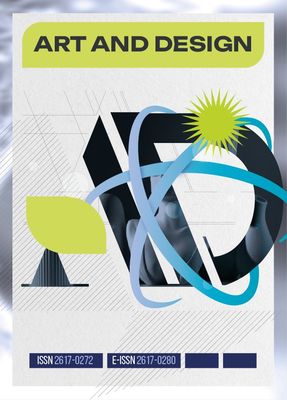Evolution and innovation: Contemporary trends in graphic design
DOI:
https://doi.org/10.30857/2617-0272.2025.2.7Keywords:
interaction, visual communication design, user engagement, interactive design, user experience (UX)Abstract
This article aimed to explore current trends in graphic design and to identify the skills and philosophies required for designers to remain relevant in an increasingly digital and user-centric world. A mixed-methods approach was employed, combining qualitative and quantitative analysis to examine prevailing trends in graphic design, with a particular focus on identifying patterns and innovations in design practices – especially in relation to digital tools, minimalist aesthetics, typography, and user experience. The study found that the integration of digital tools, such as AI powered design software and augmented reality, has transformed the creative process, enabling designers to produce more dynamic and interactive visual experiences. At the same time, the trend towards minimalism reflects a broader cultural shift towards simplicity and clarity, with designers prioritising clean layouts, limited colour palettes, and functional aesthetics. Typography has also evolved, becoming increasingly experimental through the use of custom fonts and dynamic typefaces that enhance brand personality and user engagement. An emerging trend has been the incorporation of sustainable practices into design, such as eco-friendly materials and energy-efficient digital solutions. The findings indicate that contemporary graphic design continues to adapt to a digital and user-focused environment. These results have significant practical implications for both designers and industries reliant on visual communication, providing a valuable resource for understanding and navigating the rapidly evolving graphic design landscape.

